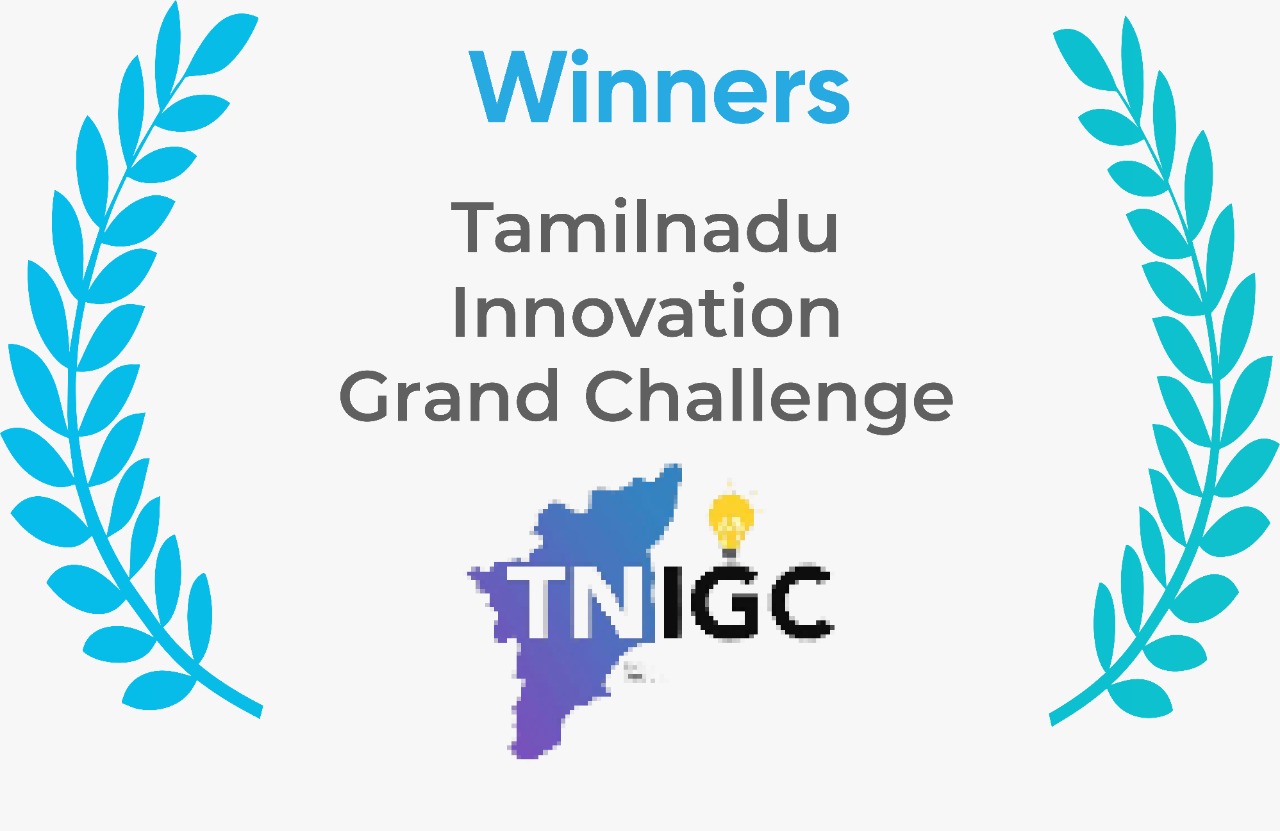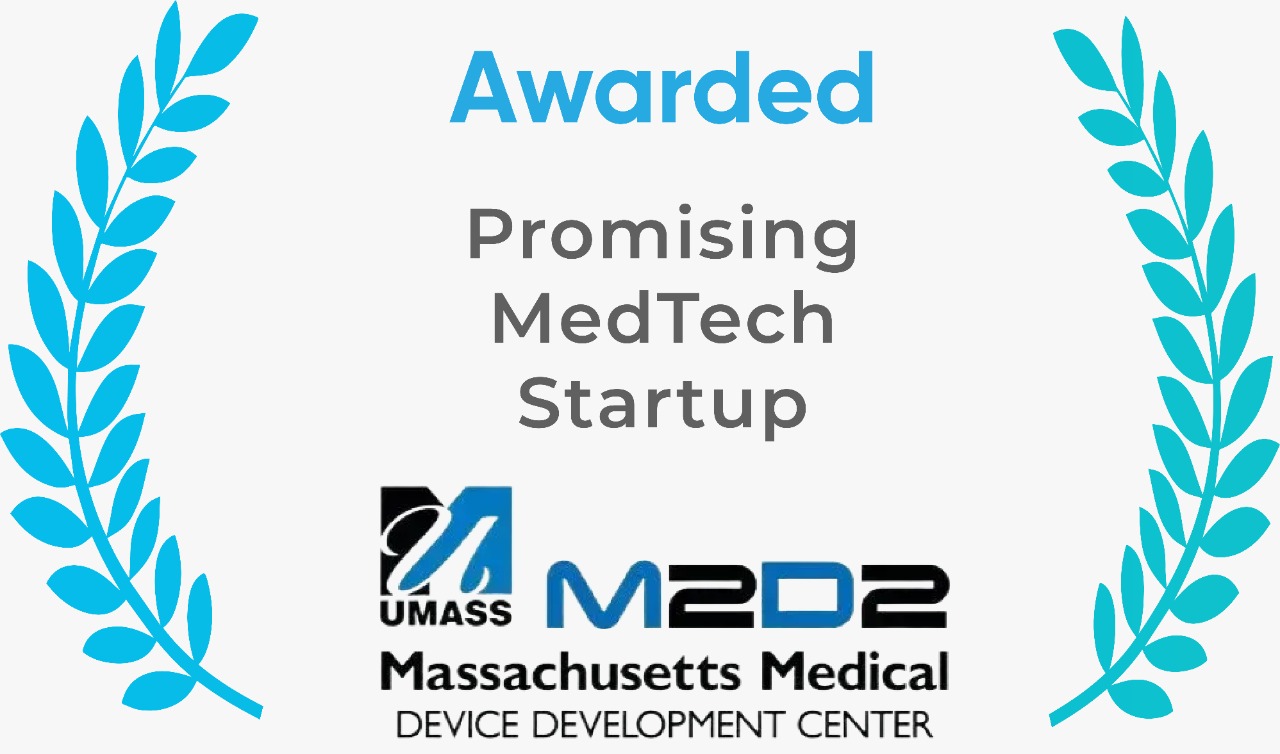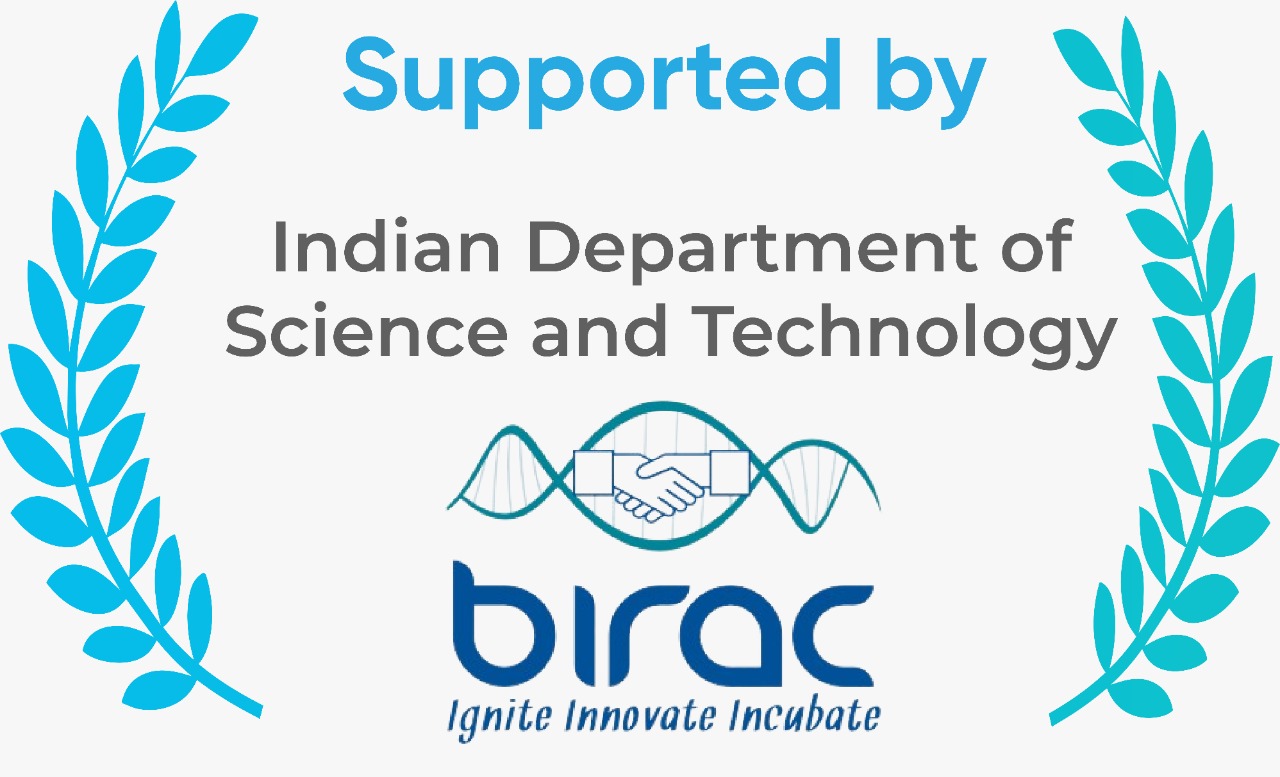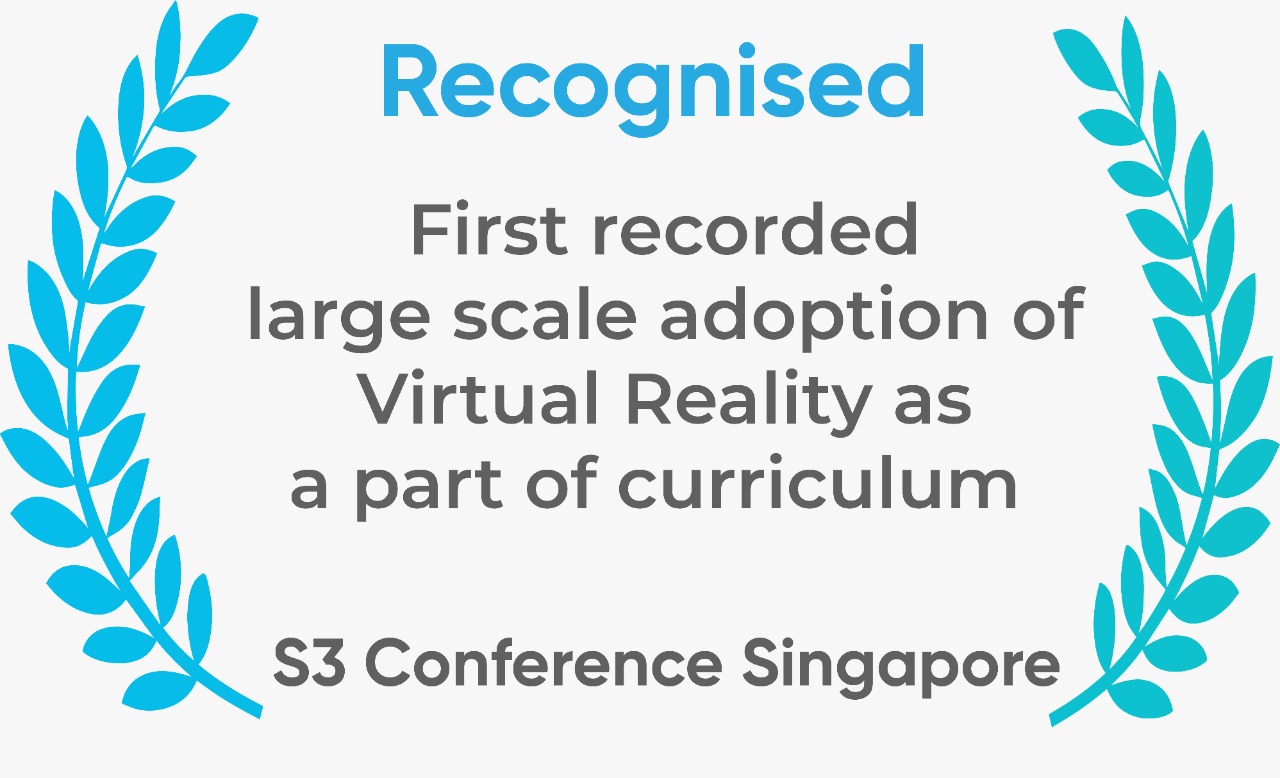The Impact of VR in Enhancing Medical Education and Training
Virtual reality (VR) has been making significant strides in enhancing medical education and training. VR as a technology has been gaining traction in recent years due to its ability to provide a more immersive and interactive experience for medical students and practitioners. These developments have made it an advantageous part of medical education and training.
One of the significant benefits of VR is that it allows medical students to learn and practice procedures in a simulated environment that closely mimics real-life scenarios. This helps students gain hands-on experience without the risk of harming a real patient. For instance, medical students can practice surgical procedures on virtual patients, allowing them to develop their skills and confidence before operating on a real patient.
Moreover, VR provides medical students with an opportunity to learn and explore the human anatomy in an interactive and immersive way. Students can use VR to visualize and interact with 3D models of the human body, allowing them to study the structure and function of different organs and systems. This not only enhances their understanding of human anatomy but also helps them identify potential medical conditions and develop effective treatment plans.
In addition, VR has been shown to improve the retention of information and skills learned during medical training. This is because the immersive and interactive nature of VR stimulates different areas of the brain, leading to improved memory retention. Medical students who use VR as part of their training have been found to perform better in exams and have better recall of procedures and protocols.
Furthermore, VR has the potential to democratize medical education by making it more accessible and affordable. In traditional medical education, access to certain medical procedures or technologies is limited to those who can afford them or those who have access to specialized training centers. With VR, medical students can access high-quality training from anywhere in the world, making medical education much more accessible to a wider range of people.
In conclusion, VR has the potential to revolutionize medical education and training by providing a more immersive and interactive learning experience. It enables medical students to learn and practice procedures in a safe and controlled environment, explore human anatomy in an interactive way, and improve their retention of information and skills. With the continued development of VR as an applicable technology, we can expect to see even more innovative applications in the field of medicine, ultimately leading to better healthcare outcomes for patients.





